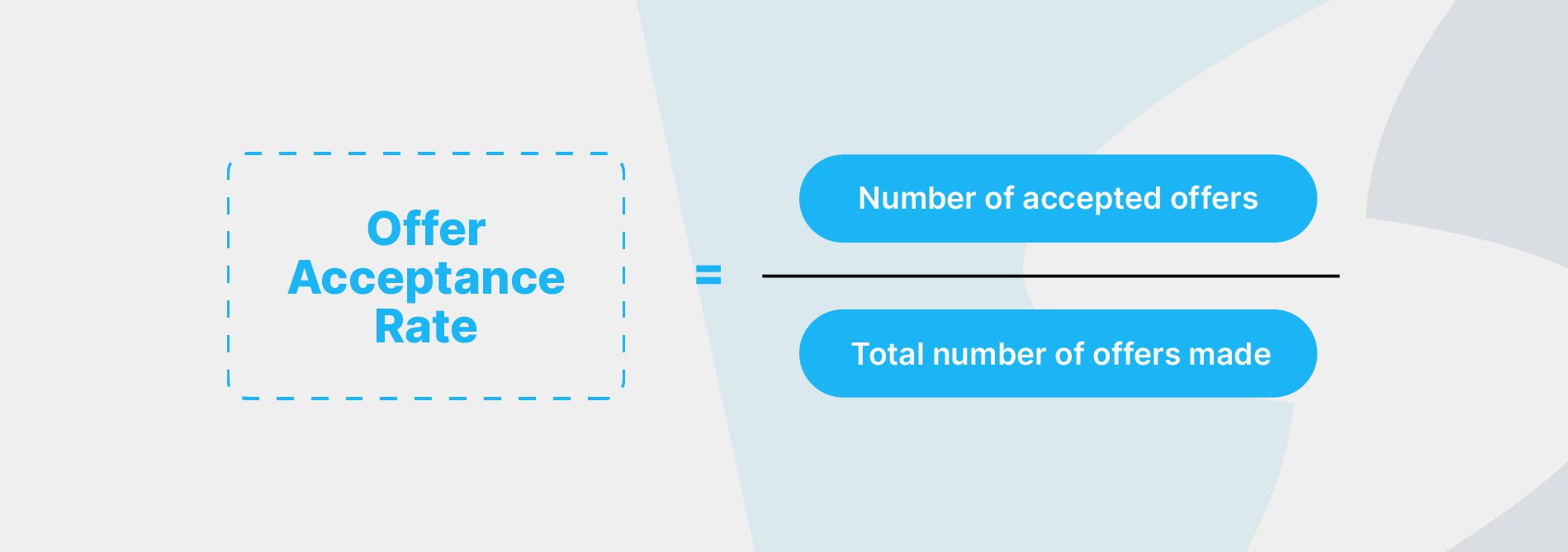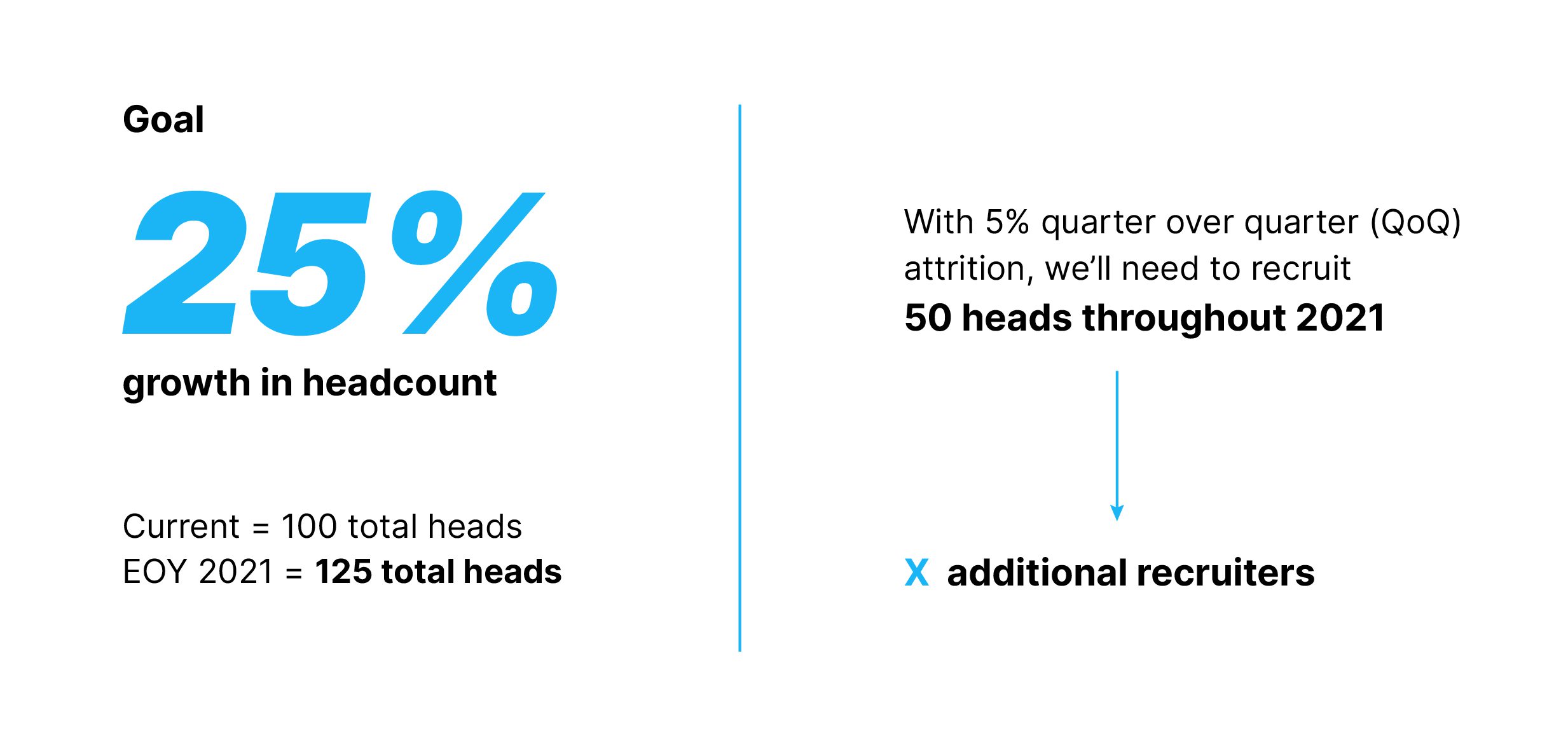7 Recruitment Funnel Metrics Every Talent Team Should Track
Hiring the right people is one of the most critical drivers of business success. Yet even experienced recruiters face challenges in consistently finding, engaging, and securing top talent. As hiring needs grow and competition intensifies, talent acquisition teams are under pressure to deliver better results more quickly.
To meet these demands, TA teams are evolving from administrative functions into strategic partners. Modern recruitment now relies on an application tracking system and data-driven insights, with a strong focus on recruitment funnel metrics that measure process efficiency, candidate experience, and overall hiring effectiveness.
What was once a routine operational task has become a strategic function—requiring alignment with business goals, inclusive hiring practices, and the right technologies to track and optimize every stage of the recruitment funnel.
This blog explores:
● Why tracking recruitment funnel metrics is essential
● Key KPIs to measure hiring success
● How talent teams can use these insights to optimize recruitment outcomes
What is Recruitment Funnel in Recruitment
A recruitment funnel is a structured framework that outlines the stages a candidate moves through—from initial awareness of a job opening to final hire. Much like a sales funnel, it helps talent acquisition teams visualize and manage each step of the hiring process, ensuring a consistent and efficient approach to recruitment.
Common stages of the recruitment funnel include candidarte sourcing, candidate screening, interviewing, selection, and onboarding. Tracking performance at each stage enables teams to identify bottlenecks, enhance recruitment funnel conversion rates, and refine overall hiring outcomes.
Why Measuring Recruitment Funnel Metrics is Important
Measuring recruitment funnel metrics enables TA teams to connect their work to business outcomes directly. It shifts the perception of recruitment from reactive to strategic. With robust reporting and analytics built into your ATS, TA teams gain visibility into what drives quality hires and where to optimize
When TA teams can demonstrate how their activities impact hiring quality, productivity, and retention, it becomes easier to secure leadership support for additional resources, tools, and technology—knowing these investments will yield measurable returns.
Consistently achieving quality-of-hire goals results in more engaged and productive employees who align with the company’s vision. When the expectations set during recruitment match the reality of the role, new hires are more likely to be motivated, committed, and ready to contribute to long-term success.
Read more: Applicant Tracking System Upgrade: Why a modern platform matters
Top 7 Recruitment Funnel Metrics to Define a High-Performing Recruitment Funnel
Tracking the top recruitment funnel metrics is crucial for assessing the effectiveness of your hiring process. These metrics identify bottlenecks, highlight strengths, and enable TA teams to make data-driven improvements. Let’s explore the seven KPIs that define a high-performing recruitment funnel.
1. Time-to-Hire
Time-to-hire is one of the most telling recruitment funnel metrics for evaluating hiring efficiency. It measures the number of days between a candidate entering the funnel and accepting an offer—helping talent teams quickly gauge process speed and identify potential bottlenecks.
This metric is also a useful forecasting tool when aligning with executives or finance teams on hiring timelines and resource needs. A well-managed recruitment funnel will reflect a balanced time-to-hire, ensuring candidates move steadily without unnecessary delays.
However, speed should never come at the expense of quality. Tracking time-to-hire alongside metrics such as candidate satisfaction and quality of hire ensures that efficiency doesn’t compromise the candidate experience or long-term performance.
For best results:
● Set realistic time-to-hire targets that align with your industry benchmarks
● Balance immediate hiring needs with long-term talent pipeline building
● Acknowledge justified delays, such as specialized role requirements or DE&I initiatives, that enhance overall hiring quality
Further readings: How to Hire When There Isn’t Enough Time
Optimizing this metric ensures that your recruitment funnel stages are efficient while maintaining a positive candidate experience—ultimately improving both hiring speed and outcomes.
2. Candidate Satisfaction
Candidate satisfaction is a core measure of recruitment funnel effectiveness. In competitive hiring markets, the interview experience can make or break a candidate’s decision—even if your employer brand or compensation is strong.
This metric assesses how candidates perceive each stage of your candidate sourcing and candidate screening. A positive experience requires clear communication, smooth processes, and respectful treatment—regardless of the outcome.
Key actions to improve candidate satisfaction include:
● Setting expectations upfront – Clearly outline the stages of the recruitment funnel and timelines.
● Consistent interviewer quality – Ensure hiring teams are trained to deliver a professional, fair process.
● Reducing friction – Eliminate delays and technical issues, especially in virtual interviews.
● Feedback and closure – Provide constructive updates to candidates who are not moving forward.
Tracking this metric alongside recruitment funnel conversion rates can reveal bottlenecks, such as slow feedback loops or unclear next steps. By addressing these gaps, you not only enhance the candidate journey but also improve your organization’s reputation.
A strong candidate recruitment funnel not only improves current hiring outcomes but also strengthens future pipelines. Candidates who feel respected are more likely to reapply, refer others, or promote your employer brand—turning a single positive experience into long-term value.
3. Attrition Rate
The attrition rate measures the percentage of employees who leave the organization over a specified period and are not replaced. It’s a critical recruitment funnel metric that reflects organizational health, culture, and leadership effectiveness.
High attrition can indicate deeper issues such as:
● Limited growth opportunities
● Unsupportive culture or poor leadership
● Uncompetitive compensation
● Burnout from heavy workloads
● Misalignment with employee expectations around flexibility, DE&I, or purpose
While some attrition is natural, consistent or rising numbers should trigger a recruitment funnel analysis to identify root causes. External factors—such as the cost of living or industry disruption—may also influence trends, but internal culture and policies play a significant role.
4. Offer Acceptance Rate
Offer Acceptance Rate (OAR) measures how many of your job offers result in accepted hires—a direct indicator of how compelling your offers and overall candidate experience are. A strong OAR signals alignment between what candidates want and what your company offer, while a low rate can point to issues within your recruitment funnel or beyond it.
At its core, OAR = Number of accepted offers ÷ Total number of offers made

While it may be tempting to aim for 100%, that’s not always realistic—or ideal. Sometimes taking strategic risks on high-potential candidates means occasional rejections. Still, a consistently low offer acceptance rate warrants deeper analysis.
Here’s how to evaluate and improve OAR:
● Drill into the data – Break it down by team, department, or recruiter to identify patterns in declined offers.
● Pinpoint motivation – Are you uncovering what candidates value during interviews and tailoring your pitch accordingly?
● Align growth narratives – Can hiring managers articulate role expectations, advancement paths, and impact?
● Track demographic trends – Are certain groups rejecting offers at a higher rate than others? If so, investigate the gaps in inclusivity and flexibility to address these needs.
OAR should also be viewed in conjunction with candidate satisfaction and other recruitment funnel metrics. If satisfaction is high but OAR is low, it may suggest that external factors, such as compensation competitiveness or a lack of workplace flexibility, are driving offer rejections.
This metric is crucial for recruitment funnel tracking and analyzing the conversion rate. Simplicant’s job offers module enables rapid approvals and digital offer delivery with e-signature, helping reduce lag and improve acceptance outcomes.
5. Hires-to-Goal
Hires-to-Goal measures how effectively your talent acquisition (TA) team delivers on the organization’s hiring commitments. It tracks the percentage of completed hires against the planned target within a specified period, providing a clear view of whether the team is meeting business needs.
Since recruiting is an ongoing activity—encompassing both new positions resulting from growth and backfills due to attrition—this metric helps transform hiring from a “never-ending process” into a measurable, time-bound objective.
Read more: Hire Better With A Faster Job Offer Process
When setting hires-to-goal benchmarks, consider:
● Business priorities – How many hires are required this quarter to meet growth objectives?
● Role complexity – Are you hiring for high-demand positions that may take longer to fill?
● Capacity planning – Does your TA team have the bandwidth to meet targets, or do roles need prioritization?
● Attrition impact – Factor in both new headcount and backfills needed to maintain workforce strength.

Because hiring needs often shift with evolving business priorities, it’s normal for actual hires to differ from initial commitments. The value of this recruitment funnel metric lies in tracking these changes deliberately and identifying trends over time.
Consistently reviewing hires-to-goal helps align TA teams and business leaders on realistic hiring expectations. It also strengthens planning for future quarters, ensuring that resources, timelines, and recruitment capacity are strategically balanced.
6. Cost-per-Hire
Cost-per-hire is a core recruitment funnel performance metric that calculates the total recruitment spend divided by the number of hires within a given period. Much like customer acquisition cost (CAC) in sales, it measures the efficiency of your talent acquisition process and helps assess the return on investment of your recruiting efforts.
This KPI is especially valuable when comparing different recruiting approaches. For example, companies relying heavily on external agencies often face higher costs—typically 20–30% of a hire’s salary in fees—making cost-per-hire a strong argument for building or expanding internal TA capabilities.
However, focusing solely on reducing costs can be misleading. A lower cost-per-hire only benefits the organization if it aligns with quality hires, strong retention, and faster time-to-productivity. If cost reduction results in higher turnover or lower performance, the long-term impact is negative.
To get the full picture, track cost-per-hire alongside other essential recruitment metrics—such as retention rates, quality of hire, and hiring funnel conversion rates. This ensures financial efficiency is balanced with hiring effectiveness, supporting both immediate budget needs and long-term talent strategy.
7. Measuring your Impact on DE&I
Diversity, equity, and inclusion (DE&I) is essential to building a strong and fair recruitment funnel. A truly effective process attracts candidates from diverse backgrounds and supports them at every stage of the hiring process.
Start by reviewing your company’s demographics, including those across gender, ethnicity, age, neurodiversity, and socioeconomic background, to identify underrepresented groups. Align leadership on measurable DE&I goals that address these gaps.
Evaluate your recruitment funnel stages to ensure:
● Job promotion – Are job postings reaching diverse talent pools or favoring a limited audience?
● Partnerships – Do external collaborations connect you to a broader range of communities?
● Sourcing strategies – Are tools and techniques built to identify and engage diverse candidates?
● Employer branding – Does your career site and messaging reflect inclusivity as part of your culture?
Many teams track top-of-funnel diversity metrics, while others take it a step further by monitoring diversity through interviews, offers, and hiring decisions. Regular recruitment funnel analysis helps pinpoint where diverse candidates drop off and guides strategies to improve equity and inclusion at every stage.
Conclusion
Every talent acquisition team’s journey to optimizing recruitment funnel metrics is unique. If results aren’t where you want them to be, use these insights as a starting point for meaningful improvements.
In today’s hiring environment, success demands more than effort—it requires a strategic, metrics-driven approach. By tracking and acting on the right KPIs, TA teams can elevate their impact and directly contribute to business growth.
Simplicant provides the tools, insights, and flexibility that modern recruitment teams need to succeed. If you’re ready to strengthen your hiring strategy, now is the time to take the next step. Contact us at marketing@simplicant.com to get started.

